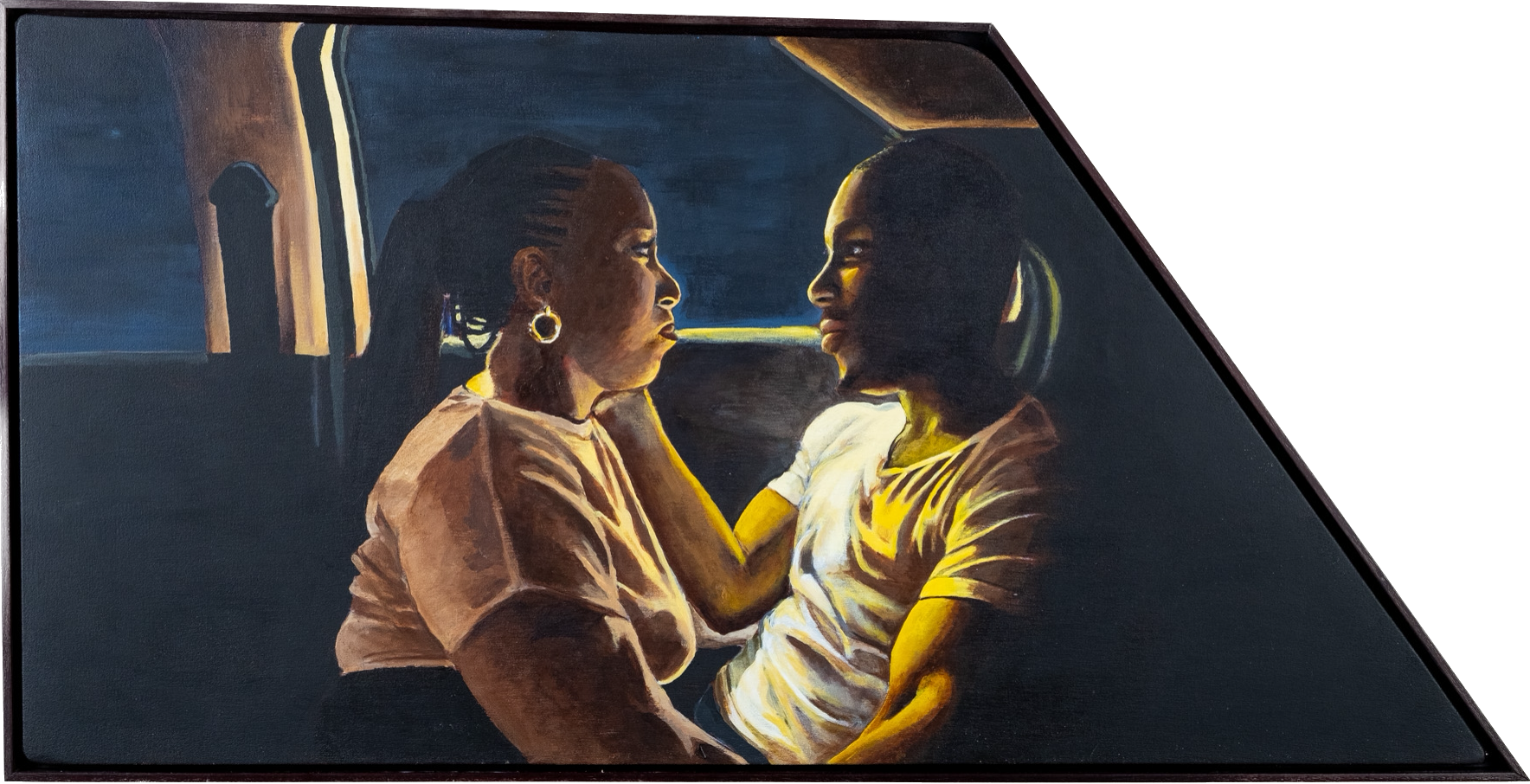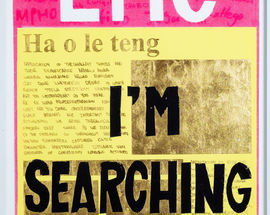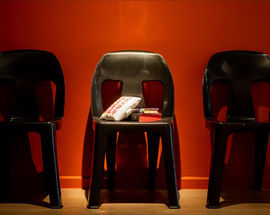Since 2017 the artist has embarked on a visual anthology exploring an embodied being called Ênê, a genderless Setswana pronoun. A shapeshifting and omnipresent identity Konopi started using Ênê as a way to visually explore his questions about gender. With his interactive series Bua Le Ênê, Konopi invited audiences to engage with the findings of his Ênê project. With performances, sonic works, installations, painitings, billboards and a WhatsApp hotline Konopi has been engaged in an ongoing dialogue with the public for the past four years.
This is the background to Konopi's lastest chapter in the Ênê anthology O Tshwana Le Ênê. The name of the exhibition comes from a Setswana statement which highlights the physical and habitual parallels between people. The phrase asserts the likenesses between us and is a call for compassion and an acknowledgement of these similarities.
Titled O Tshwana Le Ênê, Konopi’s latest exhibition and chapter to the Ênê anthology is derived from the Setswana statement used to draw physical or habitual parallels between people. Although the articulation asserts the presence of a likeness between us and Ênê, beneath the statement is an invitation to compassion, to acknowledge the similarities.

With paintings, installations and performances Konopi works across mediums and with his use of the gallery space blurs the line between the exhibition and the viewer. They look at hidden moments and bring these to the surface to make a case for transparency and vulnerability.






